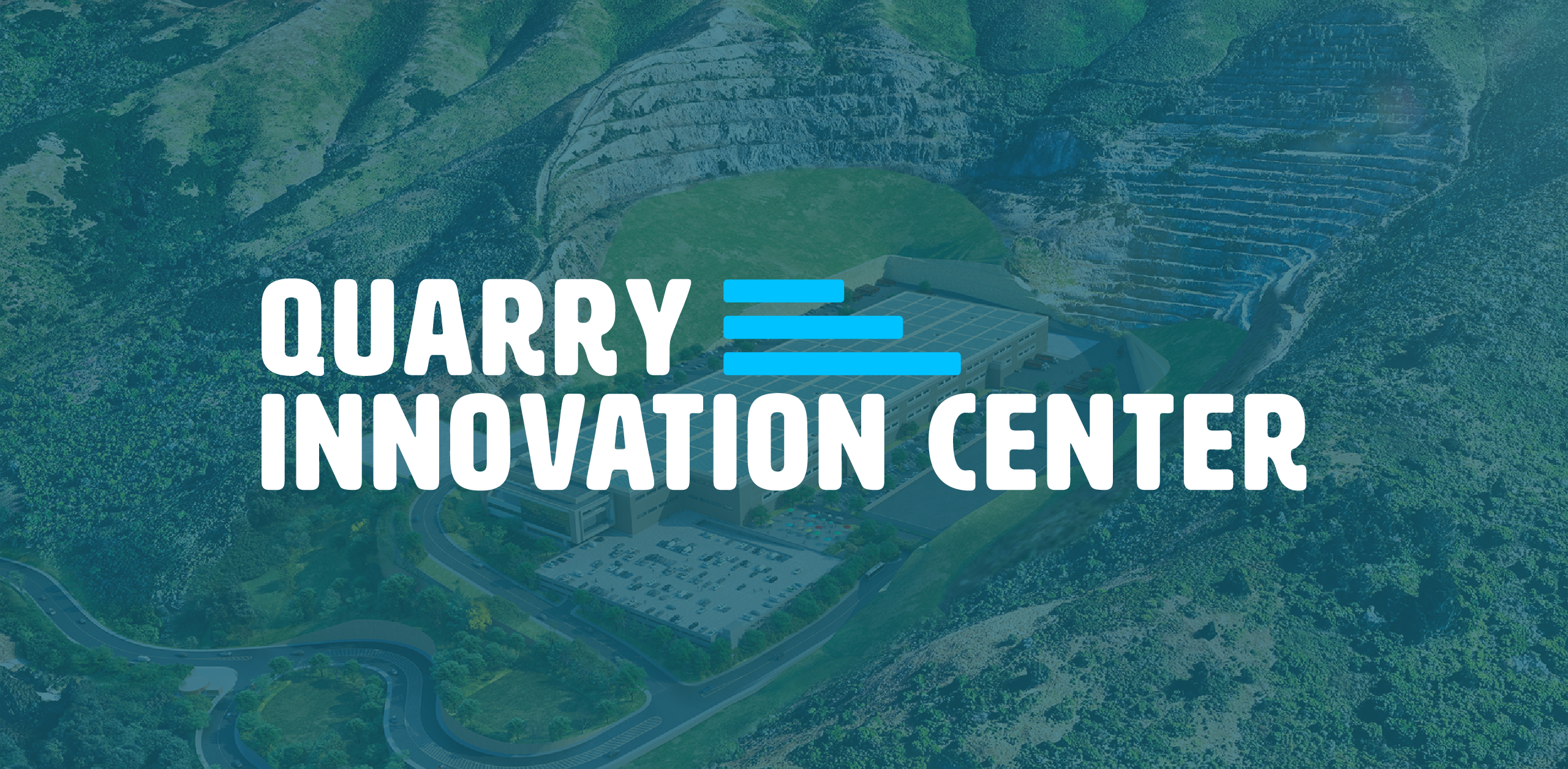This opinion piece originally ran in the San Francisco Chronicle’s Open Forum section. You can view the original by clicking here.
California stands at a critical juncture. A wave of demand is surging across California’s economy. Electric vehicles, data centers, clean manufacturing, and high-tech research and development — the backbone of the 21st century economy — are all driving up our need for electricity.
In many cases, these sectors are being led by California companies. But unless we dramatically expand our grid capacity and carbon-free energy supply, and streamline the way we permit, build and connect new energy resources, we risk sending these jobs, innovations and investments to other states.
Our state’s policies still adhere to an outdated framework that assumes energy is a limited commodity to be rationed and reduced. That must quickly change, or we will risk much higher joblessness and an even greater affordability crisis.
Data centers, in particular, are the infrastructure of the digital economy, enabling artificial intelligence, life sciences, logistics, climate modeling and more. When built in urban areas, they bring with them “low-latency” economic development — spurring nearby investment in advanced R&D, robotics, manufacturing and other areas that can create thousands of highly desirable jobs in the surrounding community. According to the Brookings Institution, these jobs pay substantially more — nearly double the average U.S. wage, with 50% to 70% higher earnings even for workers without a bachelor’s degree.
Brookings also emphasizes that high-tech manufacturing is far less energy and carbon intensive than traditional heavy industry. They create jobs for electricians, engineers and technicians, and they attract nearby anchor tenants.
Urban data centers in the Bay Area also generate tens of millions of dollars in property and sales tax revenue, funding public services like education, parks and public safety. In other words, we want and need them in our communities.
Hospitals near low-latency data centers, for example, can use AI-assisted surgery tools and 3D imaging streamed in real time, which enables more precise robotic surgeries and better patient outcomes. Self-driving cars rely on split-second cloud processing for navigation and hazard detection, and we can have AI-enabled 911 systems that instantly analyze caller location, incident details and available resources to deploy the fastest response.
Critics paint a picture of data centers as noisy, polluting, resource-hungry neighbors that offer little in return. But that’s a perception built on selective facts and outdated examples. Today, most new data centers in California, especially those built near urban or suburban areas, use enclosed cooling systems, vibration isolators and noise-absorbing enclosures. Local and California standards require data centers to keep external noise 10 decibels below the existing nighttime ambient noise at the nearest residence, and they must verify this with sound monitoring equipment.
Other skeptics also warn of the “enormous” water use by data centers. The fact is, operators are cutting significantly on water intensity. Microsoft says its datacenters reduced water intensity by more than 80% from early 2000s designs to 2023, and it’s rolling out designs that use zero water for cooling; it is also expanding the use of reclaimed/recycled water in places like Texas, Washington and California. Data centers can also use and make recycled water projects economically viable, such as in Santa Clara and San Bernardino counties, where data center operators are investing in sustainable water reuse infrastructure that benefits entire communities.
Another common critique of data centers is that they are “polluting operations,” pointing to Virginia’s coal-heavy grid as proof of environmental harm. But that’s exactly why California should be building them here. Our grid is already more than 60% carbon-free, and many of the largest operators source 100% renewable power through long-term contracts.
But as power demand rises, these clean percentages will hold only if we accelerate renewable generation, grid upgrades and storage. But that’s exactly the point: Building data centers here ensures growth is tied to California’s cleaner energy future — not fossil-fueled grids elsewhere.
To be sure, we will need more clean energy generation in California and elsewhere to meet the demands of the AI age. This will require reforms: fast-tracking distributed energy zones, pre-permitting transmission corridors and expanding interconnection capacity. Pilot programs like PG&E’s “Grid of the Future” and the California Independent System Operator’s transmission planning blueprint are promising starts, but we need to scale these efforts statewide with urgency.
If we fail to expand the grid and make space for data centers, the cost of rebuilding our aging electricity system will fall disproportionately on residents, small businesses, and nonprofits. California’s grid will require at least $50 billion to $60 billion in upgrades by 2045, according to state estimates, just to meet projected demand and reliability needs. If we don’t welcome and enable energy-intensive but high-value new users who are ready to invest in local infrastructure and pay their fair share, that cost burden will land squarely on ratepayers. In other words, we either broaden the base of contributors to the grid rebuild, or the rest of us will have to pick up the entire tab.
In the 1950s, the Bay Area Council championed the construction of a regional rail system, and BART became the physical backbone of our region’s 20th century economic miracle. Today, we are championing data centers so we can lead the world in the 21st century.
If we want the benefits of this transformation to be widely shared among California’s residents, not just its investors, we must welcome this new energy era, and we must act with urgency.
John Grubb is the chief operating officer at the Bay Area Council.
About Opinion
Guest opinions in Open Forum and Insight are produced by writers with expertise, personal experience or original insights on a subject of interest to our readers. Their views do not necessarily reflect the opinion of The Chronicle editorial board, which is committed to providing a diversity of ideas to our readership.

